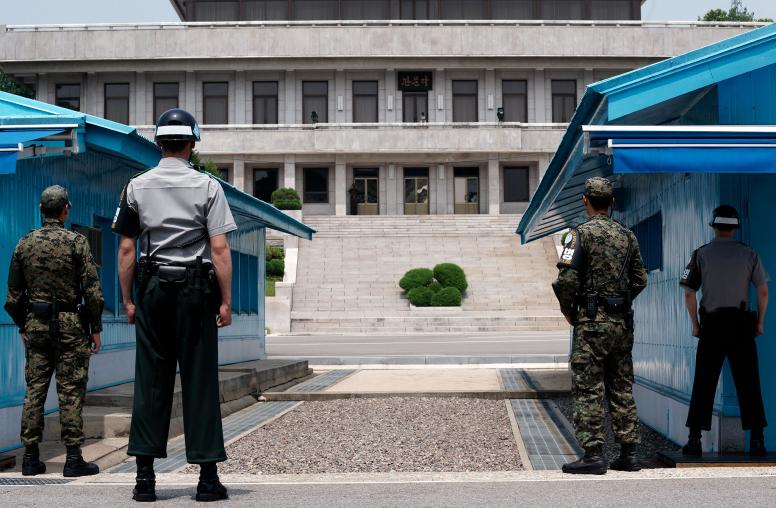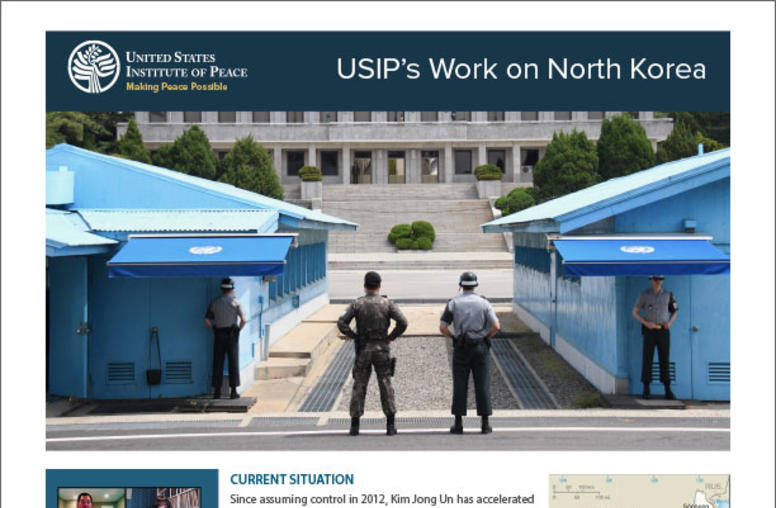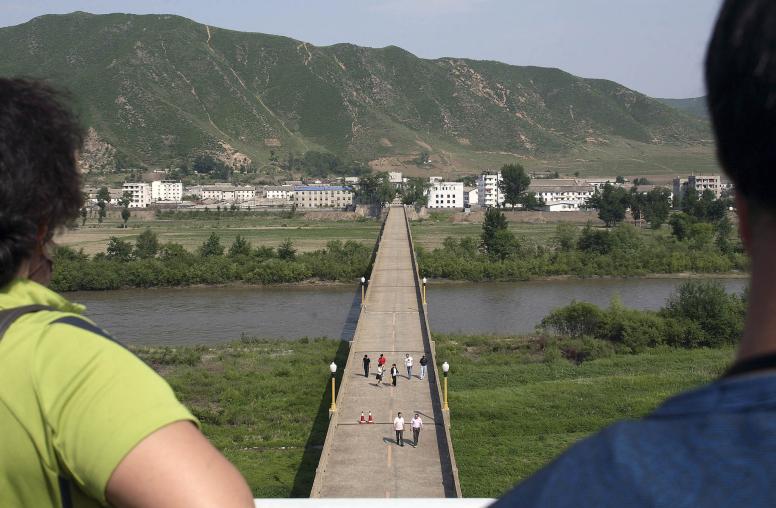The Need for a New U.S. Information Strategy for North Korea
Through the successive regimes of Kim Il Sung, Kim Jong Il, and Kim Jong Un, North Korea has maintained near-total control over the information that reaches its citizens. Now, as more and more North Koreans use networked devices such as smartphones, the regime is employing modern forms of censorship and surveillance to control information and curtail freedom of expression. This report argues that the United States and its allies need a new information strategy to end the social isolation of the North Korean people and improve their long-term welfare.

Summary
- Since Kim Jong Un became its leader in 2011, North Korea has enacted an ambitious strategy to reestablish control of information flows into and within the country. The key to the strategy’s success is leveraging the government’s technological sophistication relative to that of citizens.
- The most significant advances have been at the device level. The regime’s control over hardware and software has yielded perhaps the most complete national digital censorship and surveillance system in existence. The strategy seems well calibrated to complement the highly state-controlled economic marketization Pyongyang appears to be moving toward.
- The single caveat to this strategy is that it allows citizens to connect with one another directly—beyond state control—and could lead to greater nonstate economic and social coordination.
- Information operations could be an effective component of U.S. strategy, but current efforts remain inadequate. Factual outside information is not reaching enough of the North Korean population and current dissemination strategies are not keeping pace with technological change. An effective strategy will take into account the changing ways North Koreans receive information and consider what they might achieve with such information—such as establishing a shared sense of popular opinion or forming social or economic constituencies.
- US policy needs to be grounded in theories of change that factor in the changing economic, technological, and social conditions on the ground and seek to leverage or catalyze those changes. It needs to counter the censorship and surveillance components of North Korean network devices to open communication channels and allow greater circulation of information within the country.
About the Report
Drawing on relevant literature, analysis of North Korean media and information control techniques, and interviews with refugees and defectors, this report argues that a new US information strategy is needed to alleviate the social isolation of the North Korean people and improve their long-term welfare. The report was supported by USIP’s Asia Center.
About the Author
Nat Kretchun is deputy director at the Open Technology Fund, a U.S. government–funded organization that supports global internet freedom technologies. Before that, he was associate director of InterMedia, where he was co-author of the reports A Quiet Opening: North Koreans in a Changing Media Environment and Compromising Connectivity: Information Dynamics between the State and Society in a Digitizing North Korea.



